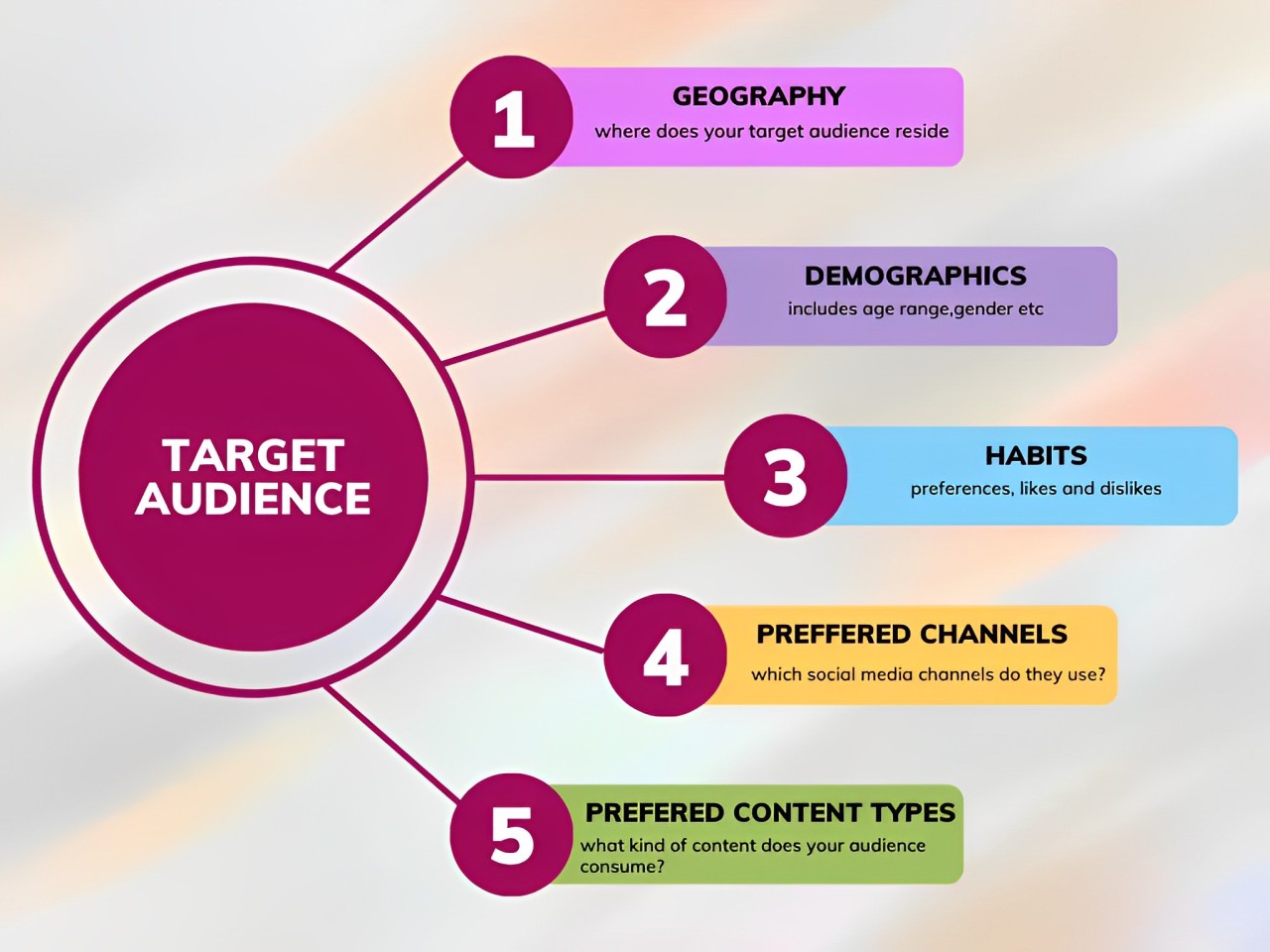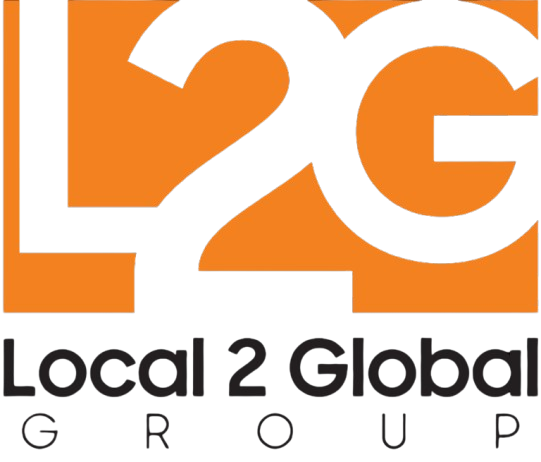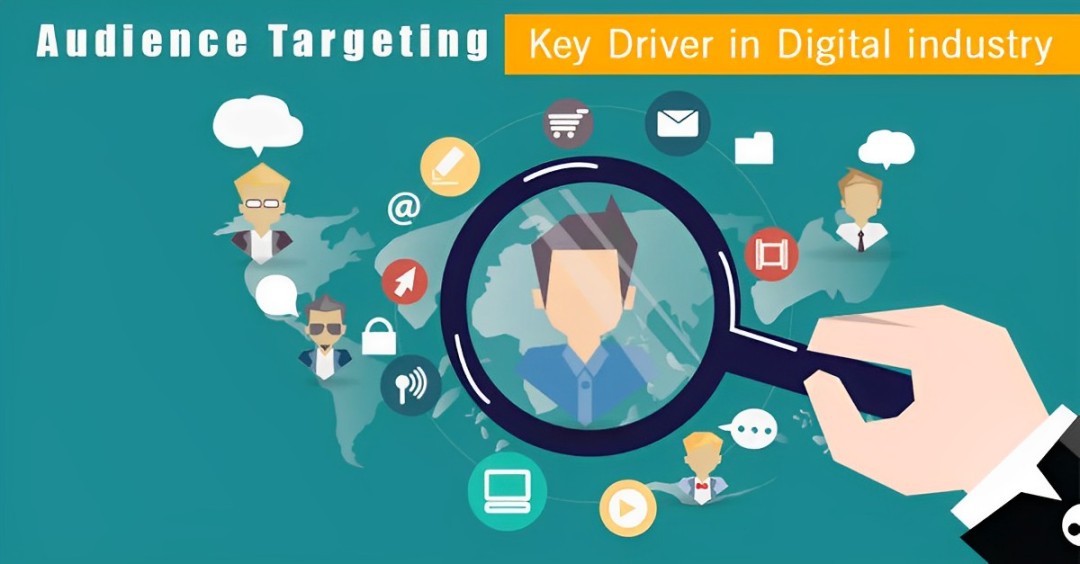What is Audience Targeting?
Audience targeting is the strategic process of identifying and segmenting your ideal customers based on specific characteristics, behaviors, and preferences. It helps businesses focus their marketing efforts on the right audience, ensuring maximum impact and return on investment.

Why is Audience Targeting Important?
- Improved Engagement: By focusing on the right audience, your marketing campaigns become more relevant, boosting interaction and engagement.
- Cost Efficiency: Reduces wasted resources by directing efforts toward those most likely to convert.
- Higher Conversion Rates: Personalized and targeted campaigns lead to improved sales and customer acquisition.
Steps to Define Your Target Audience
- Analyze Your Current Customers: Understand your existing customers to identify patterns and preferences.
- Conduct Market Research: Use surveys, focus groups, and analytics tools to gather detailed data about potential customers.
- Create Buyer Personas: Develop profiles of your ideal customers, including demographics, goals, and challenges.
- Segment Your Audience: Divide your audience into smaller groups based on factors like age, interests, and behavior.
Techniques for Effective Audience Targeting
- Demographic Targeting: Focus on age, gender, income, education, and occupation.
- Behavioral Targeting: Analyze customer activities, such as browsing history, purchase patterns, and online interactions.
- Geographic Targeting: Reach audiences based on their physical location.
- Psychographic Targeting: Understand the audience's lifestyle, values, interests, and attitudes to craft relevant messaging.
Audience Targeting in Digital Marketing
- Social Media Advertising: Platforms like Facebook, Instagram, and LinkedIn offer advanced targeting options to reach specific audiences.
- Search Engine Marketing: Use keywords and ad placements to reach users actively searching for your products or services.
- Email Marketing: Segment your email list to send tailored campaigns that resonate with different audience groups.
- Content Personalization: Create content that appeals to the unique needs and interests of your target audience.
Benefits of Audience Targeting
- Maximized ROI: Ensures your marketing budget is spent wisely by focusing on high-value audiences.
- Better Customer Insights: Helps you understand your customers' needs and preferences more deeply.
- Stronger Brand Relationships: Builds trust and loyalty by delivering relevant and valuable experiences to your audience.
Tools for Audience Targeting
- Google Analytics: Gain insights into website visitors' demographics, behaviors, and interests.
- Facebook Audience Insights: Analyze data to understand and refine your target audience.
- CRM Tools: Use customer relationship management software to track and segment your audience effectively.
- Heatmaps and Behavior Analytics Tools: Tools like Hotjar help you understand how users interact with your website.
Why Partner with Us for Audience Targeting?
We specialize in helping businesses like yours define, understand, and connect with their ideal audience. Our tailored solutions and advanced analytics ensure your marketing efforts are laser-focused and results-driven.

